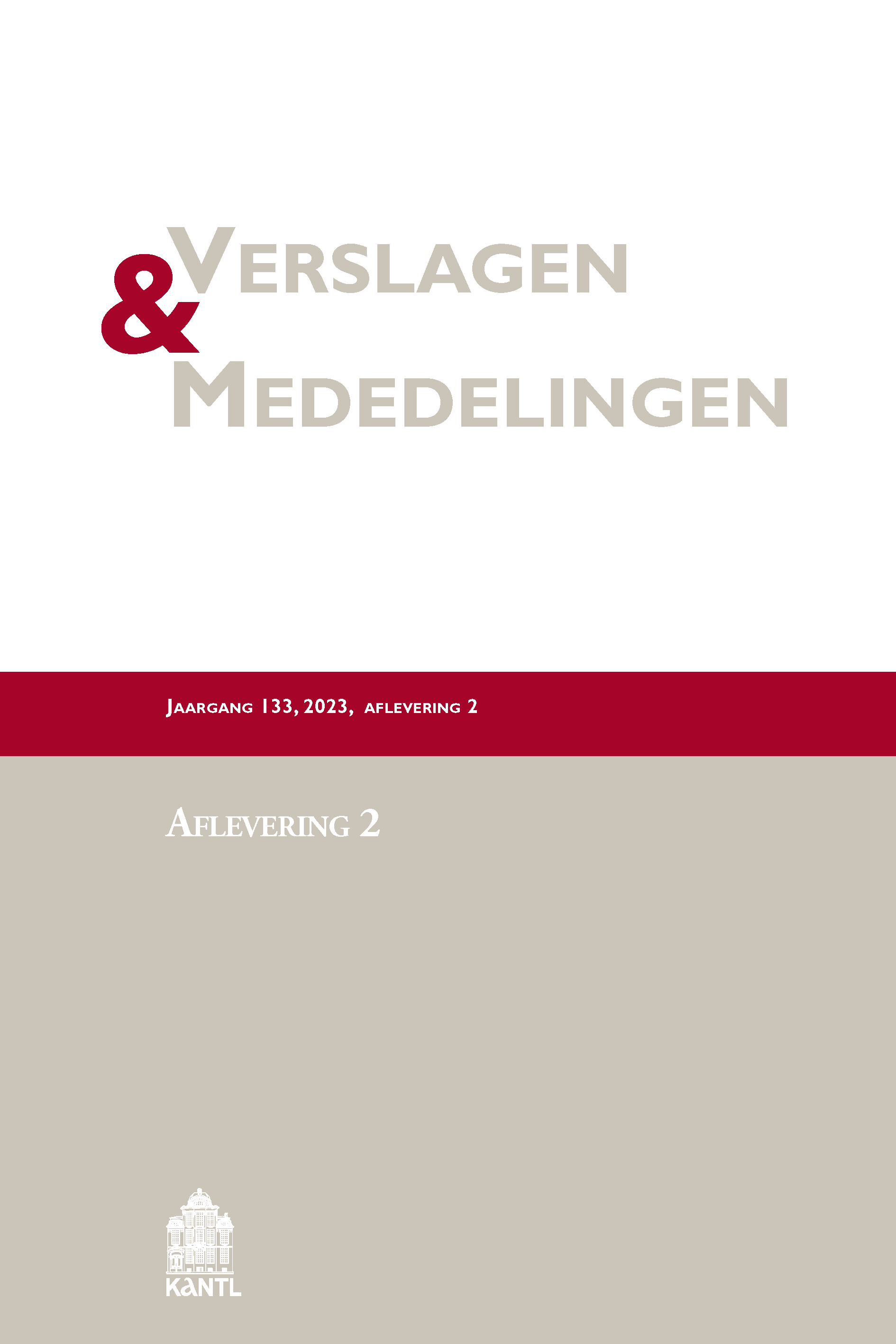ChatGPT: dichter of denker?
Samenvatting
Na de introductie van ChatGPT, een voorbeeld van GenAI (Generative Artificial Intelligence), variëren de reacties van enthousiast tot bezorgd. Het model is in staat tot indrukwekkend taalgedrag maar produceert incidenteel incorrecte informatie. In dit artikel leggen we uit hoe deze modellen werken en waar hun taalvaardigheid vandaan komt. We illustreren hoe de vaardigheden van ChatGPT in poëzie, stijlimitatie en taalspelletjes eerdere modellen voor het produceren van creatieve taal in de schaduw zetten. Maar de vraag blijft of een model zonder intentie, bewustzijn en zelfs zonder wil om te communiceren 'creatief' kan worden genoemd. Voor taalmodellen zoals ChatGPT is er geen onderscheid tussen fictie en non-fictie, en geen onderscheid tussen poëzie en proza. Het enige wat het doet is op meesterlijk wijze onze prompts voltooien.
After the introduction of the large language model ChatGPT, an example of GenAI (Generative Artificial Intelligence), to the public, reactions ranged from excited to concerned. The model is capable of impressive language behavior but also occasionally produces incorrect information. In this article, we explain how these models work and where their language proficiency comes from. We illustrate how its skills in poetry generation, style imitation and language games put previous models for producing creative language in the shade. However, the question remains whether a model without intention, consciousness, and without even a will to communicate can be called ‘creative’. For language models like ChatGPT there is no distinction between fiction and non-fiction, and no distinction between poetry and prose. It just masterly completes our prompts.
- Auteurs behouden de auteursrechten en geven het tijdschrift het recht van eerste publicatie van het werk onder een Creative Commons Attribution Licentie die anderen het recht geeft het werk te delen onder vermelding van het auteurschap van het werk en de eerste publicatie in dit tijdschrift.
- Auteurs mogen separate, additionele contractuele overeenkomsten aangaan voor het niet-exclusief distribueren van de door het tijdschrift gepubliceerde versie van het werk (bv. plaatsing in een institutionele repository of publicatie in een boek), onder vermelding van de eerste publicatie in dit tijdschrift.
- Auteurs hebben het recht en worden aangemoedigd om hun werk online beschikbaar te stellen (bv. in institutionele repositories of op hun website) voorafgaand aan en gedurende de inzending, aangezien dat kan leiden tot productieve discussies, sneller en meer citaties van het gepubliceerde werk (Zie The Effect of Open Access).


